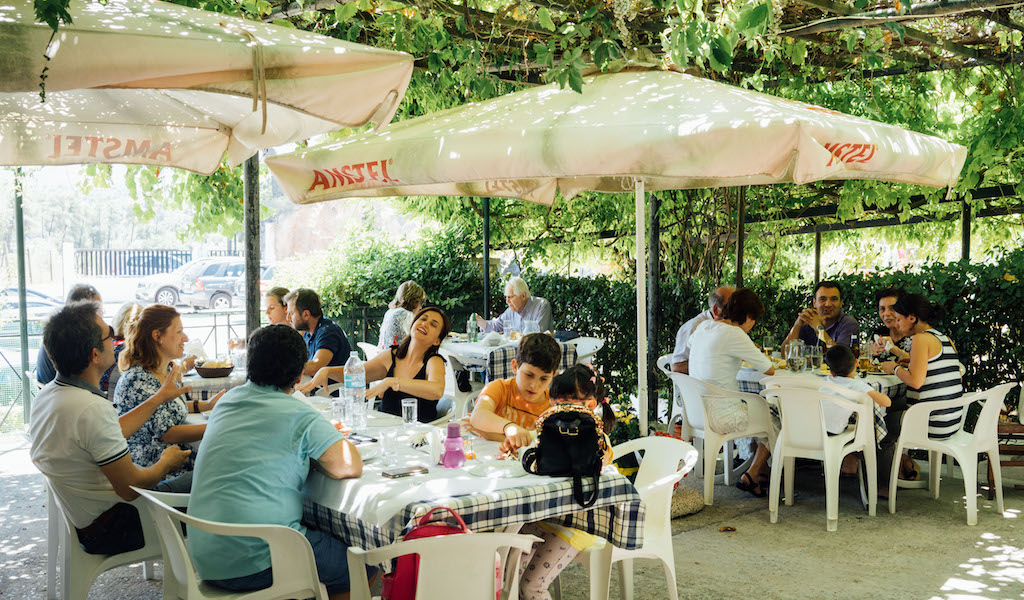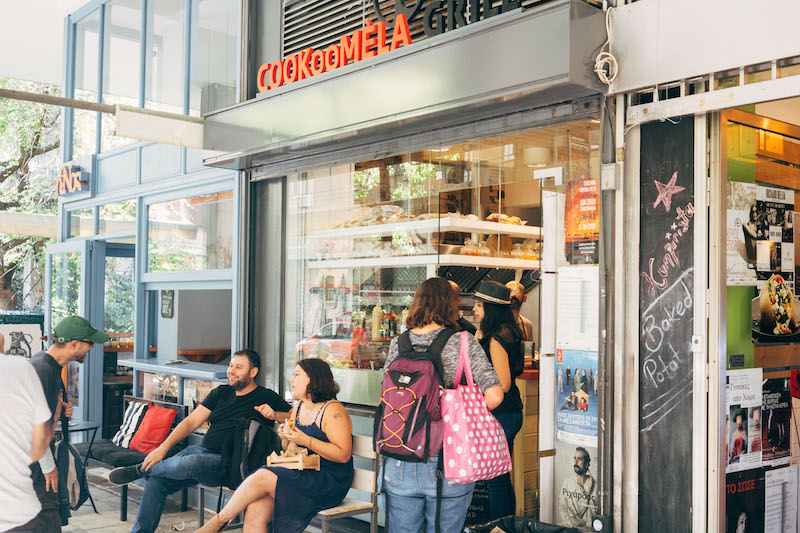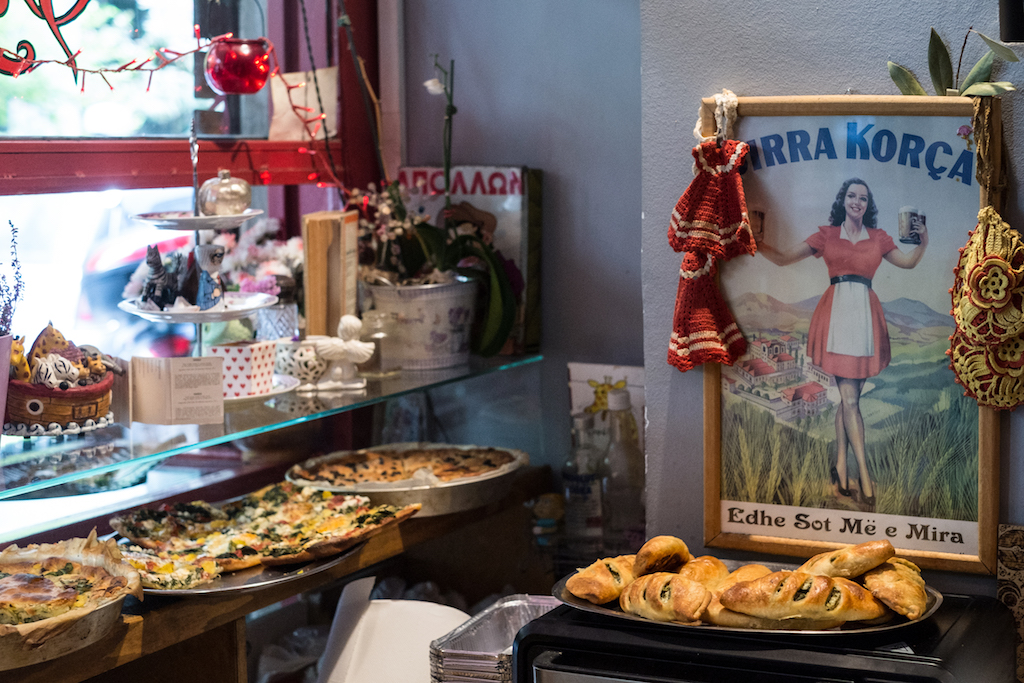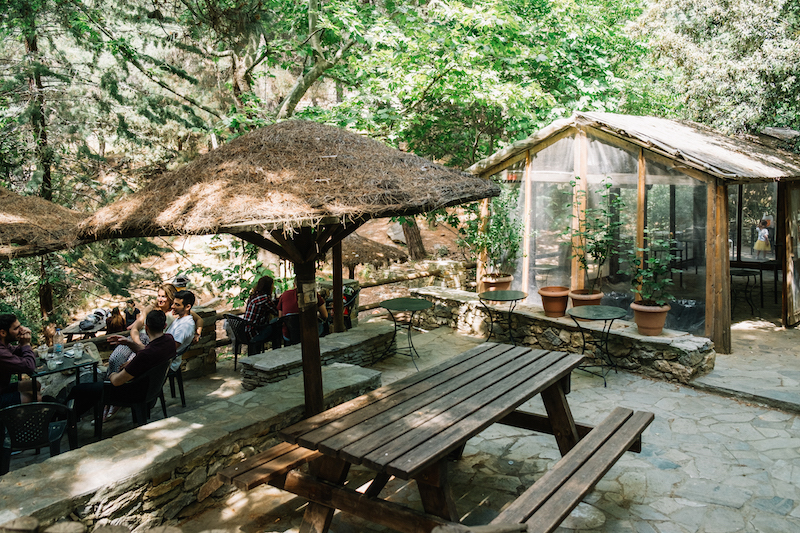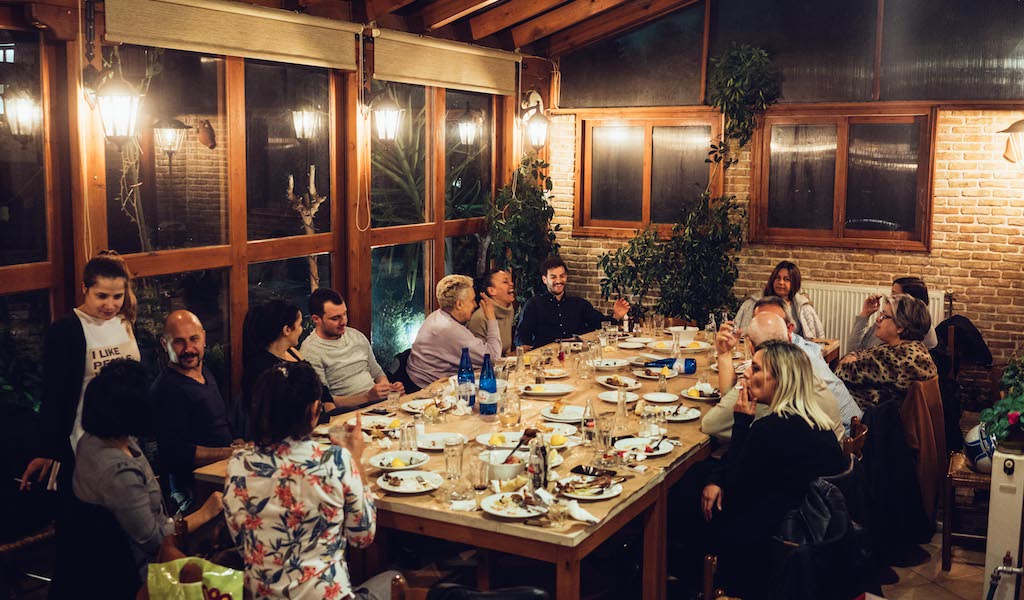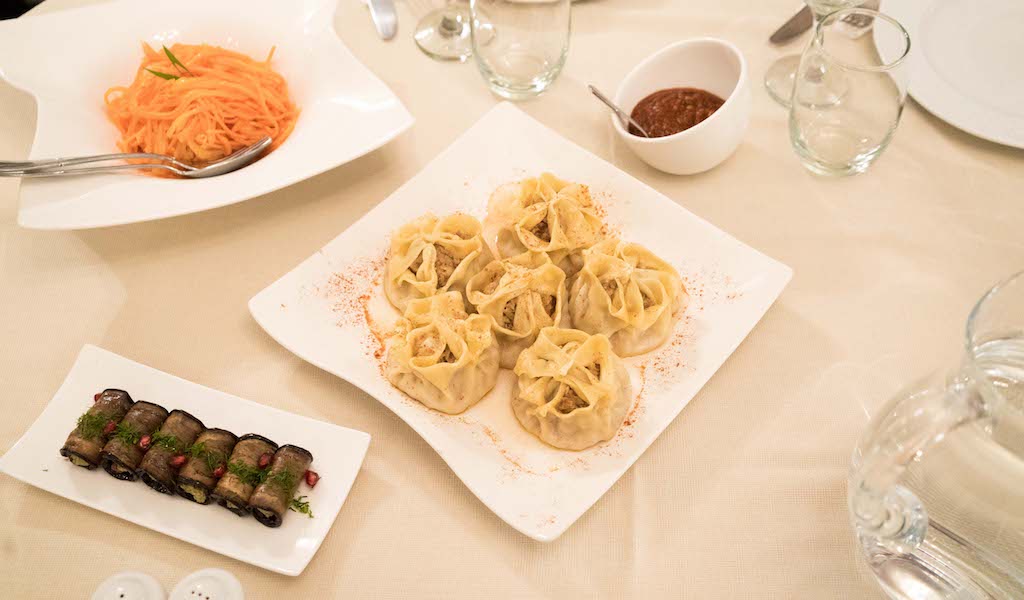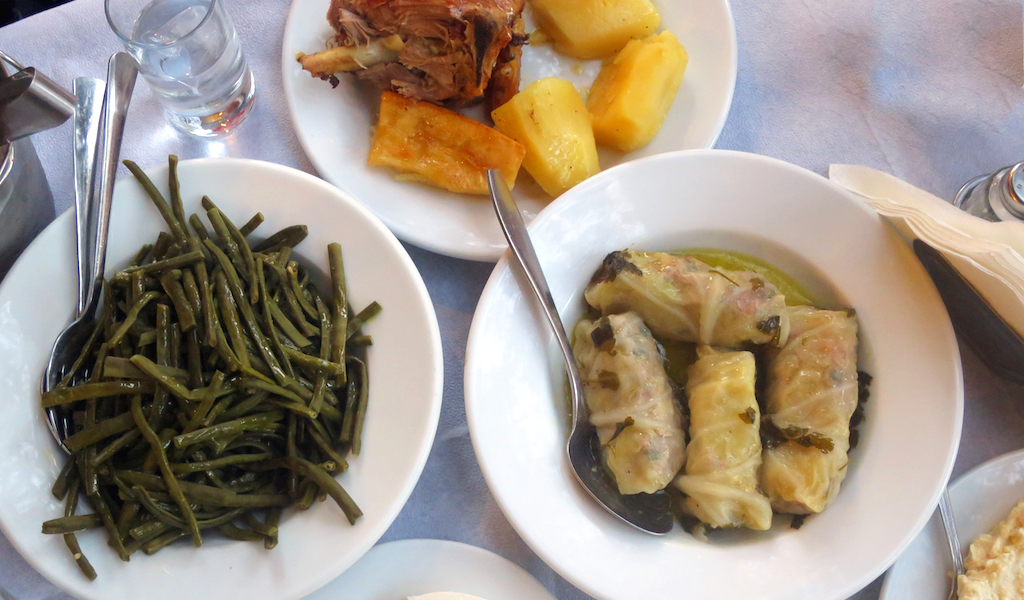We can't find the internet
Attempting to reconnect
Something went wrong!
Hang in there while we get back on track
Search results for "Johanna Dimopoulos"
Athens
Agroktima Regoukou: Farm to Table Nostalgia
Growing up in Athens in the 1980s and 90s, weekend family excursions to a suburban taverna were an integral part of life. Back then, prices were affordable and eating out was not a luxury; in fact, it was a social necessity. It was a way to catch up with friends, enjoy good food and good wine, but also to entertain the kids. These tavernas were often away from the city center, in areas that offered a break from the gray buildings and the heat – usually with a large outdoor area shaded by trees, encompassing a playground and sometimes even a pond with small boats to enterain the kids. The food on offer was basic, but delicious – mainly meat (grilled lamb chops, etc.), salads, fried vegetables (zucchini, eggplant, potatoes) and dips (tzatziki and tyrokafteri, a spicy feta spread).
Read moreAthens
Cookoomela Grill: Souvlaki Iconoclasts
In the center of Exarchia, a hub of activism often referred to as the “anarchist” neighborhood of Athens, a small minimalist eatery with just a few tables outside opened last April and was an instant success by breaking all the rules. At first glance it looks like a regular souvlaki shop, with sauces and condiments lined up at the front, pita breads being grilled and potatoes being fried. It even smells familiar, but if you look closely, you will notice that there is no meat in sight or, to be exact, no animal products. Welcome to Cookoomela Grill, Greece’s first vegan souvlaki spot.
Read moreAthens
Filomila: Pies for the People
The downright whimsy of Filomila is hard to ignore – or resist. Perhaps it is the red exterior with the French-inspired script or the vintage bric-a brac and posters that cover the walls. Or it could very well be the sight of all the pies, sitting patiently by the window just asking to be eaten. One thing is sure, most of the shop’s allure stems from the energy of its owner, Efstathia, who four years ago decided to go rogue after working in various Athens restaurants and open up with just 3,000 euros to her name, against all advice from friends and family.
Read moreAthens
Kalopoula Refreshments: Urban Oasis
Athens’ image as a concrete gray city with few green spaces and a lot of traffic might be hard to shake. But would you believe only 6.5km away from the bustling city center lies a beautiful, lush forest with ancient paths and Byzantine monuments – and a little canteen where you can enjoy lunch near an ancient spring? In the forest, a 30-minute walk from the Kaisariani cemetery and off the Kaisariani Monastery loop trail is a bustling picnic area and ancient spring, a well-kept secret of Athens. Come here to seek a rare moment in city life: either snacking on a wooden bench by the water, under the trees awakened by a gentle breeze or at one of the tables and chairs under grass umbrellas by a tiny stone building that serves as the forest’s canteen, Kalopoula Refreshments. Nearby, the Kalopoula spring gurgles and froths, as picnickers and hikers take a break to some surprisingly delicious, traditional Greek food in an oasis of green.
Read moreAthens
Taverna O Manolis: Hitting All the Right Notes
At first glance, Manolis, located in a quiet, residential corner of Chalandri, a neighborhood far from the bustling center of Athens, looks like your typical Greek family taverna: the large dining room is clad in wood paneling and brick, with various old-fashioned paintings, drawings and old photographs covering the walls. But if you look a little closer, the slogan written on the blackboard over the bar – “1977 was the year that Taverna O Manolis and punk rock appeared in the world” – hints at the restaurant’s penchant for music. In fact, the ties between Manolis and the music world are so strong that some of world’s top musicians including Nick Cave, the band Depeche Mode and Moby have eaten at this family-run spot. How many tavernas in Greece can boast that?
Read moreAthens
Premiera: Wrestling With a Greco-Russian Identity
The neighborhood of Kallithea in southern Athens may be quiet, but this densely populated area has seen its share of activity over the years, beginning in the early 20th century when it was largely built up by refugees from Asia Minor (modern day Turkey) and the Pontus (the coastal regions of the Black Sea). The first waves arrived after the Greco-Turkish war (1919-1922) and later the Lausanne Treaty (1923), which called for a population exchange between Greece and Turkey. More refugees from the Soviet Union appeared in the 1930s and then a third wave came much later, in the 1990s, after the dissolution of the Soviet Union.
Read moreAthens
Taverna tou Oikonomou: Microwave-Free Zone
The most characteristic Greek dishes, the ones all Greeks know from their mothers and miss when away from home, are known as tis katsarolas, or “of the pot.” They can be meat stews or vegetable stews, often cooked with generous amounts of olive oil. Although one can find these dishes in many tavernas and restaurants in Greece, they are very rarely done correctly: bad ingredients, dubious oil and lack of freshness can affect both texture and taste and give unappetizing results. In Athens, however, Taverna tou Oikonomou in Ano Petralona specializes in this type of home-style cooking and does everything deliciously by the book.
Read more